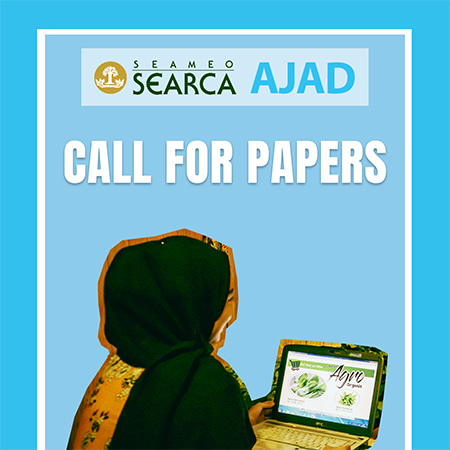- Paperback 1908-6164
- e-ISSN 2599-3895
Nowadays, international and regional institutions dedicated to research, training, and extension activities in disaster-prone countries are emerging. Many contemporary approaches to risk management and reduction, now being discussed and advocated at the international level, have grown out of disaster reduction research and application by developing country researchers and institutions. Natural catastrophes and disasters destroy fixed assets and physical capitals, interrupt production and trade, and divert and deplete savings as well as public and private investments. More than the damage to a country’s economy, the proportion of the land area exposed to a hazard determines the severity of a disaster risk.
Lack of diversity in the economy can undermine security, whether that of the household or of the nation. The sustainability of rural livelihood diversification has long been recognized as a mechanism in coping with changing market conditions and climate fluctuations. However, there is a tension between the dictates of global trade, which pushes countries toward specialization, and the insecurity that lack of diversity brings. This is particularly true for countries “specializing” in primary agricultural commodity exports such as rice and pulses.
Download for free
PDF format in this language: English


